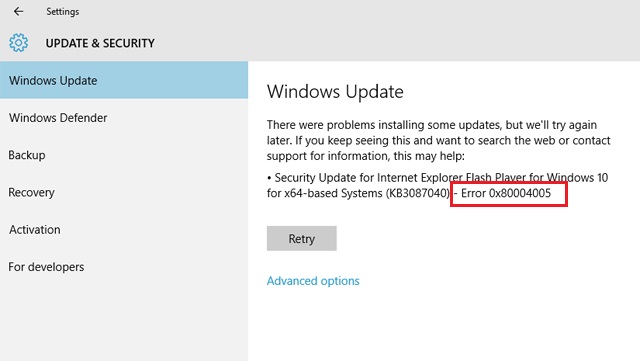In order to restore missing or corrupted system files and fix system-wide issues, millions of users rely on the System File Checker. It can find corrupted system files on your PC and repair them mechanically. What are you expected to do, though, when the very thing that resolves your problems has its own bugs?
The “sfc /scannow” command has been reported to fail with the warning “Windows Resource Protection could not start the repair service.” In order to resolve this issue and enable the System File Checker, you can take a few different steps.

The SFC Scan isn’t Functioning; What Gives?
The TrustedInstaller (Windows Modules Installer) service is preventing System File Checker from working properly. It’s an important service because it facilitates the process of adding, updating, and removing software on your computer. It also takes ownership of your system files to safeguard them from being altered or deleted by accident.
However, you should still do the SFC scan in case problems arise due to corrupted system files. For the SFC scan to function properly, it is essential that TrustedInstaller have complete access to the Windows Resource Protection (WRP) files and registry entries.
As soon as the “sfc /scannow” command is run, this service begins automatically. Scan cannot repair damaged or missing WRP files if the service has been entirely turned off.
This problem manifests itself most frequently in Windows 7, but it can also show up in Windows 8 and even the newest version of Windows 10, Windows 10.
Troubleshoot the “Windows Resource Protection Could Not Start the Repair Service” Error
If you’re having trouble scanning your device with System File Checker for corrupt files or missing resources, there are a few options that can assist.
Solution 1: Initiate the Windows Modules Installer
One of the simplest ways to fix this is to just manually start the necessary service. The Windows Modules Installer must be set up such that it launches automatically whenever the SFC scan is launched. Follow the instructions below to set up your system.
Step 1. To open the Run dialogue box, hit the Windows key plus R. The Run command prompt will open.
Step 2. To access this, go to the Start menu and type services.msc before confirming with OK. The Services window will open, and it may take a moment for it to finish loading.
Step 3. When you right-click the Windows Modules Installer service, you may access its settings.
Step 4. Turn on “Manual” as the startup type. In the event that the service is not already active, selecting the Start button will activate it. A combination of the Apply and OK buttons is required. You have successfully returned to the service list.
Step 5. Get rid of the Services window and re-execute the “sfc /scannow” command. If the scan still fails, try another approach.
Solution 2: You can Use the CMD Window.
This second approach is quite similar to the first, only it is executed from the Command Prompt. However, you will need administrative access in order to implement this fix.
Step 1. The taskbar’s magnifying glass icon can be used to launch a search. Pressing the Windows key plus the letter S will also open it.
Step 2. The Command Prompt can be accessed by typing “cmd” into the search bar. Then, right-click it in the results and select Run as Administrator.
Step 3. To continue with the launch of the app with full administrative rights, select Yes when prompted by the User Account Control (UAC).
Step 5. Type the following command into the Command Prompt window and hit Enter to run it: Type “sc config trustedinstaller start= auto” to have the programme launch automatically. In the event that the command was successful, the SUCCESS message would be displayed.
Step 6. Then, type net start trustedinstaller into the command prompt. The Windows Modules Installer service should start and report success to the user.
Step 7. Execute the sfc /scannow command to see if the System File Checker will run. If you’re still having trouble getting it to work, try this.
As a Closing Remark
If you need any more information, our Help Center has hundreds of tutorials available. Visit our site again for more in-depth content, or get in contact with us right away for instant support.




Leave a Reply